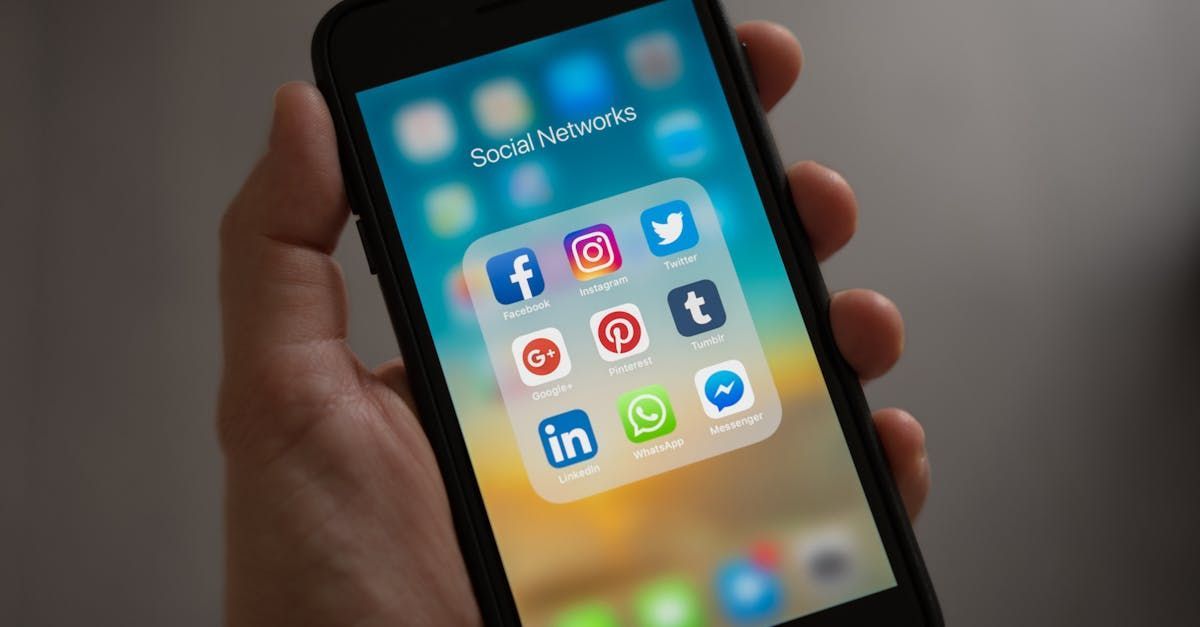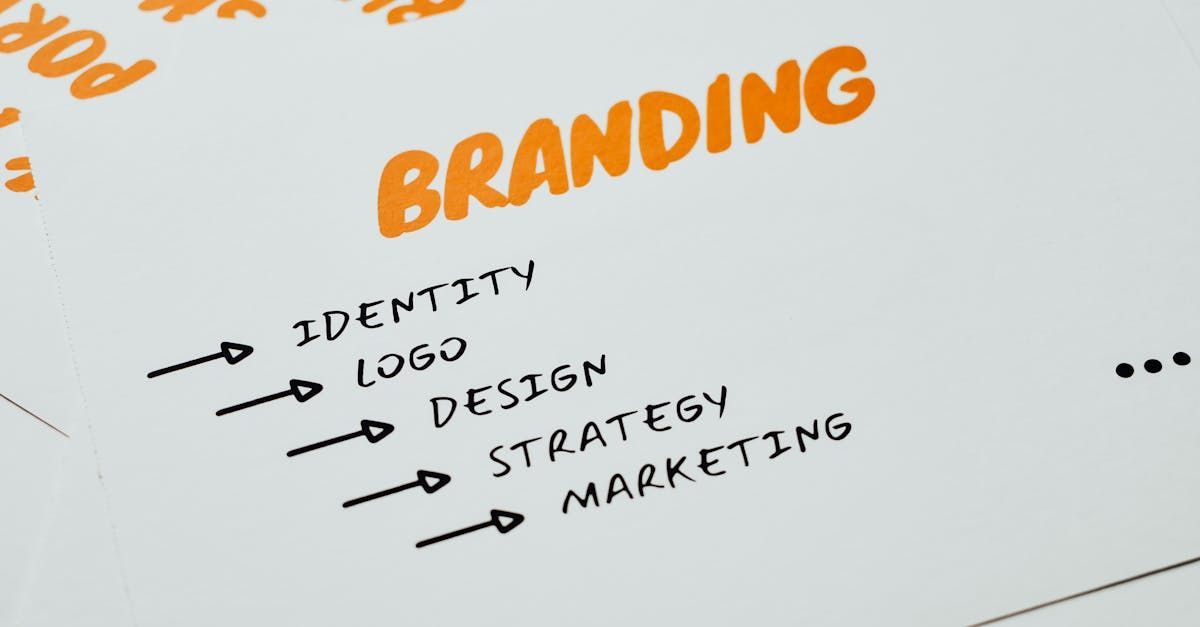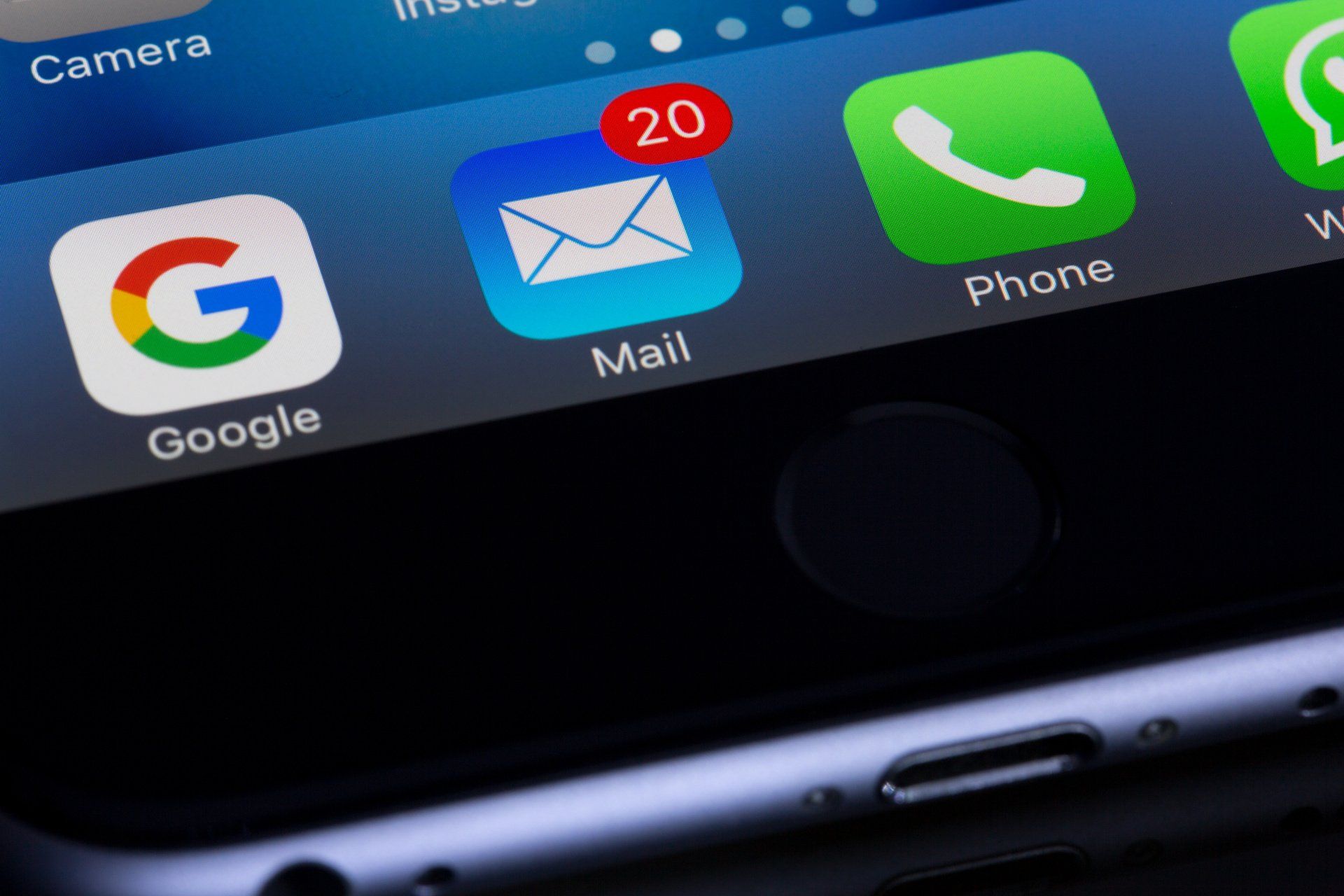The Art of Crafting Click-Worthy Headlines: Tips for Driving Traffic and Engagement
In the fast-paced world of digital marketing, the headline is your first (and sometimes only) chance to grab a reader's attention. It’s the gateway to your content, and if it doesn’t stand out, your brilliant blog post, article, or social media update might go unnoticed. Crafting click-worthy headlines is an art form that, when mastered, can significantly drive traffic to your website and boost engagement with your content.

Why Headlines Matter?
Headlines are more than just titles; they’re the first impression your content makes. According to studies, 80% of people will read your headline, but only 20% will click through to read the rest. This statistic underscores the importance of a compelling headline. Whether it’s for a blog post, social media update, or email subject line, a powerful headline can mean the difference between a scroll and a click.
1. Know Your Audience
The first step in crafting a click-worthy headline is understanding who your audience is and what they care about. Are they looking for quick tips, in-depth analysis, or the latest trends? Tailoring your headline to meet their specific needs and interests is crucial. For instance, if your audience consists of small business owners, headlines that promise actionable insights or solutions to common problems are likely to perform better.
2. Incorporate Power Words
Power words are persuasive words that trigger an emotional response. They make your headlines more compelling and harder to resist. Words like “ultimate,” “essential,” “proven,” and “exclusive” are examples of power words that can increase click-through rates. For example, instead of “Tips for Writing Better Headlines,” try “The Ultimate Guide to Crafting Headlines That Convert.”
3. Use Numbers and Lists
People love lists because they promise a clear, organized reading experience. Headlines with numbers tend to get more clicks because they stand out and convey that the content is structured and easy to digest. For example, “7 Proven Strategies for Crafting Headlines That Drive Traffic” is more likely to attract attention than a vague headline like “How to Write Headlines.”
4. Ask a Question
Questions are a great way to engage readers because they naturally provoke curiosity. A well-phrased question headline can make readers stop and think, compelling them to click through to find the answer. For instance, “Are Your Headlines Costing You Traffic?” is a headline that immediately raises concern and curiosity.
5. Be Clear and Concise
While creativity is important, clarity should never be sacrificed. A confusing or overly complex headline can deter readers. Make sure your headline clearly conveys the benefit of clicking on your content. Avoid jargon or vague language that might be misunderstood. For example, “How to Increase Blog Traffic” is straightforward and effective.
6. Leverage the Curiosity Gap
The curiosity gap is the space between what your audience knows and what they want to know. By hinting at valuable information without giving it all away, you can entice readers to click. For example, a headline like “You Won’t Believe What’s Hurting Your Traffic” plays on the reader’s curiosity and encourages them to click to find out more.
7. Test and Optimize
No matter how much experience you have, it’s essential to test different headlines to see what resonates best with your audience. A/B testing, where you compare the performance of two different headlines, can provide valuable insights. Pay attention to metrics like click-through rates and engagement to determine which headlines are most effective.
Conclusion
Crafting click-worthy headlines is a skill that can dramatically impact your content’s success. By understanding your audience, using power words, incorporating numbers, asking questions, and leveraging the curiosity gap, you can create headlines that not only drive traffic but also engage and retain readers. Remember, your headline is your first impression—make it count. With practice and testing, you’ll be able to master the art of headline writing and see your traffic and engagement soar.
Written by David Hebb









